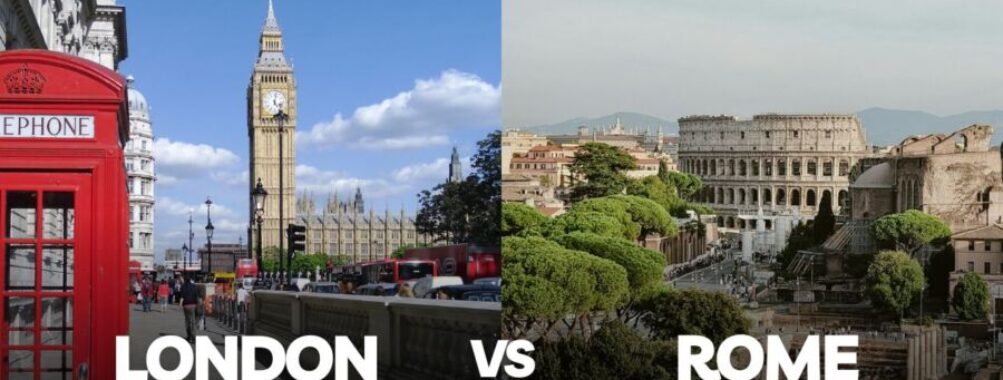
London vs Rome: Which Historic Capital Offers the Ultimate European Adventure?
London or Rome? Two iconic European capitals that have captivated travelers for centuries. Both cities offer rich history, stunning architecture, and vibrant cultures. But which one should you choose for your next vacation?
London wins for attractions and activities, while Rome takes the crown for food and ancient wonders. London’s bustling streets are home to world-class museums, royal palaces, and West End theaters. Rome charms visitors with its ancient ruins, breathtaking art, and mouthwatering cuisine.
Your choice depends on what you’re after. London’s diverse neighborhoods and modern vibe appeal to many.
Rome’s slower pace and romantic atmosphere draw others in. Both cities promise unforgettable travel experiences, whether you’re sipping tea at Buckingham Palace or tossing a coin in the Trevi Fountain.
Contents
- Historical Context and Significance
- Formation of Ancient Rome
- London’s Path Through History
- Comparing Cultural Landscapes
- Highlights of Roman Culture
- British Cultural Cornerstones
- Architectural Marvels and Landmarks
- Iconic Roman Architecture
- London’s Architectural Tapestry
- Transportation and Accessibility
- Navigating Rome’s Alleys and Boulevards
- The Maze of London’s Transport Network
- Urban Experiences and Nightlife
- Rome After Dark
- London’s Vibrant Nighttime Scene
- Culinary Delights and Dining Experiences
- Savoring Italian Cuisine in Rome
- Exploring London’s Diverse Culinary Scene
- Weather Patterns and Seasonal Considerations
- Enjoying Rome’s Mediterranean Climate
- Adapting to London’s Variable Weather
- Safety, Accommodation, and Cost Considerations
- Staying Safe and Comfortable in Rome
- Finding Your London Home Away From Home
- Leisure and Local Life
- Immersive Activities in the Heart of Rome
- Enjoying London’s Unique Offerings
- Frequently Asked Questions
- What are the key differences between tourist attractions in London and Rome?
- How do the living costs compare when traveling to London versus Rome?
- Can you highlight the historical significance of London in contrast to Rome?
- What are the unique cultural experiences London offers compared to those in Rome?
- How does the public transportation experience in London differ from that in Rome?
- What is the relative climate difference between London and Rome throughout the year?
- More Travel Guides
Historical Context and Significance
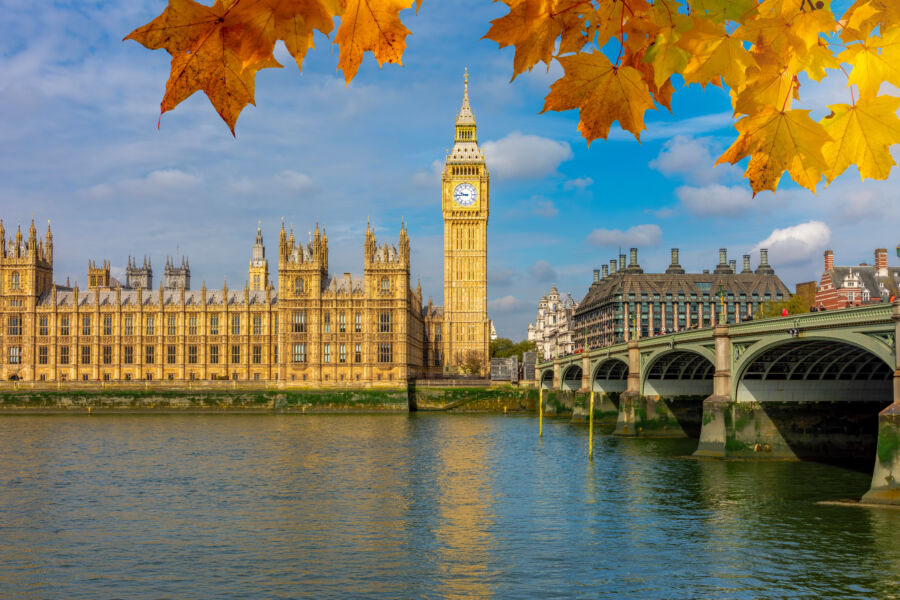
London and Rome have rich histories that span thousands of years. These cities have shaped the world, from ancient empires to modern global influence.
Formation of Ancient Rome

Rome’s story starts way back in 753 BCE. Legend says twin brothers Romulus and Remus founded the city.
It grew from a small town to the heart of a huge empire. The Roman Forum was the center of it all. People met there to trade, worship, and make big decisions.
Rome spread its reach far and wide, taking over lands across Europe, North Africa, and the Middle East. The city left its mark on art, law, and language. Many old buildings still stand today, and tourists flock to see the Colosseum and other ancient ruins.
London’s Path Through History
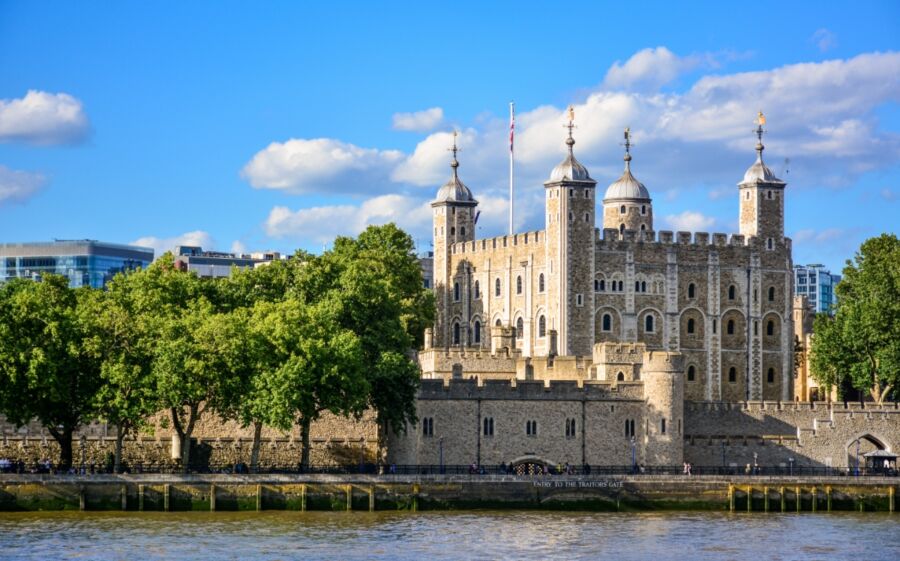
London’s tale begins a bit later, around 43 CE. The Romans set up shop there and called it Londinium. It was a key spot for trade. After the Romans left, the city went through tough times. But it bounced back strong.
London grew into a powerhouse during the Middle Ages. The Tower of London was built to demonstrate its might.
As time went on, London became a world leader. The Industrial Revolution kicked things into high gear. Factories popped up, and people poured in from all over.
Today, London’s history is visible everywhere. The British Museum holds treasures from many cultures.
Big Ben chimes out the hours just like it has for over 150 years. London mixes old and new to draw millions of visitors each year.
Comparing Cultural Landscapes
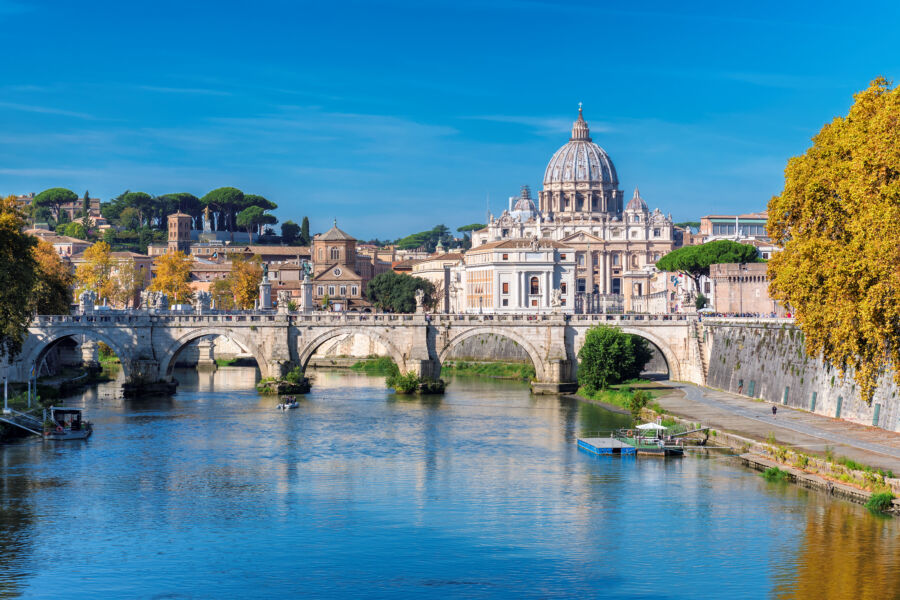
London and Rome offer distinct cultural experiences that reflect their rich histories and modern influences. Each city boasts unique landmarks, traditions, and atmospheres that captivate visitors and locals alike.
Highlights of Roman Culture
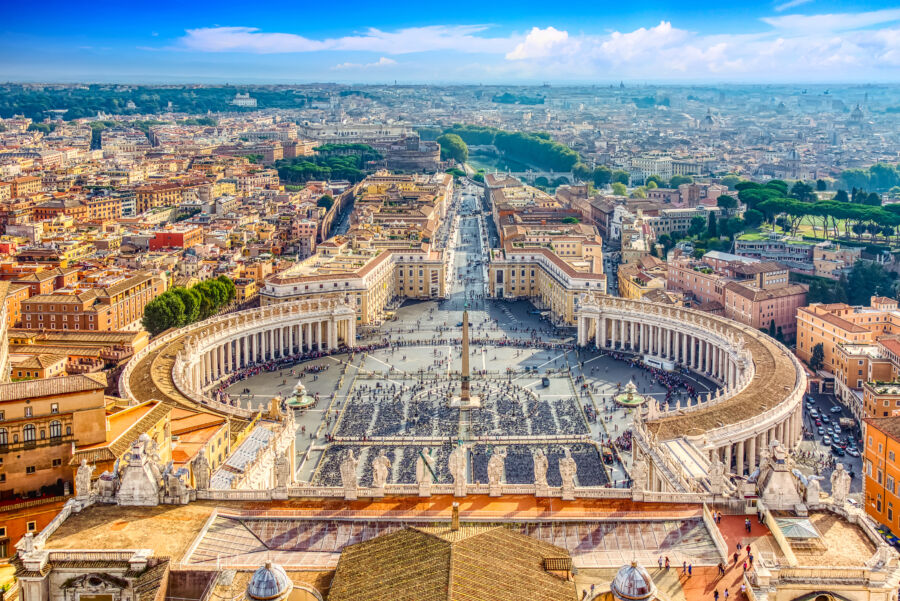
Rome’s cultural landscape is steeped in ancient history. The Pantheon, a marvel of Roman engineering, is a testament to the city’s architectural prowess. Its massive dome and oculus continue to awe visitors today.
Vatican City, nestled within Rome, serves as the heart of the Catholic Church. The Sistine Chapel’s breathtaking frescoes and St. Peter’s Basilica draw millions of pilgrims and art lovers annually.
Roman cuisine is a cornerstone of the city’s culture. Pasta dishes like carbonara and cacio e pepe are local favorites. The tradition of aperitivo, a pre-dinner drink and snack, brings people together in the evenings.
British Cultural Cornerstones
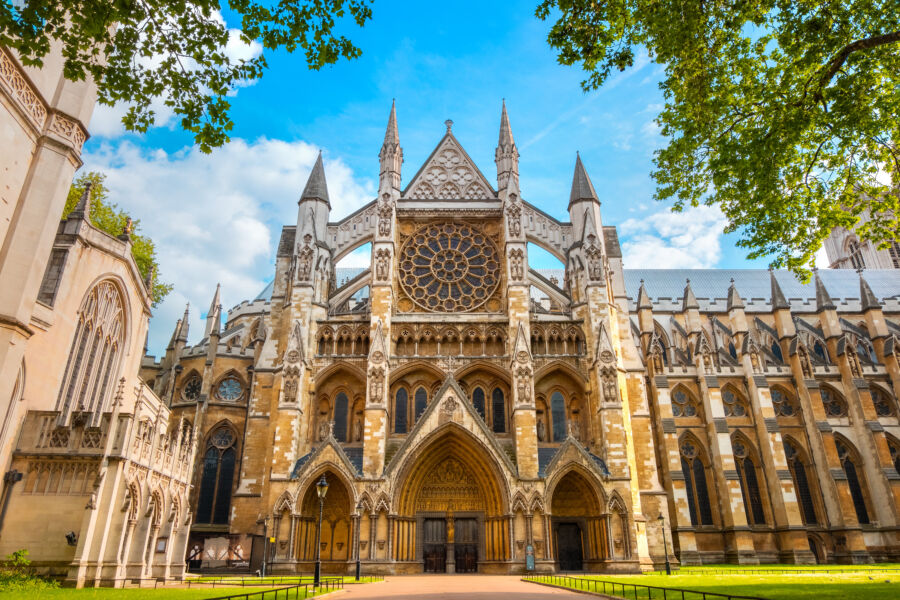
London’s cultural scene blends centuries-old traditions with modern diversity. Westminster Abbey, a Gothic masterpiece, has been the site of royal coronations and burials for nearly a thousand years.
The West End theaters showcase world-class performances, from Shakespeare to hit musicals. This thriving theater district is a must-visit for culture enthusiasts.
British pub culture is alive and well in London. These cozy establishments serve as social hubs where locals gather for a pint and lively conversation.
London’s multicultural population has shaped its food scene. Visitors can sample cuisines from around the world, from Indian curry houses to Chinese dim sum restaurants.
Architectural Marvels and Landmarks
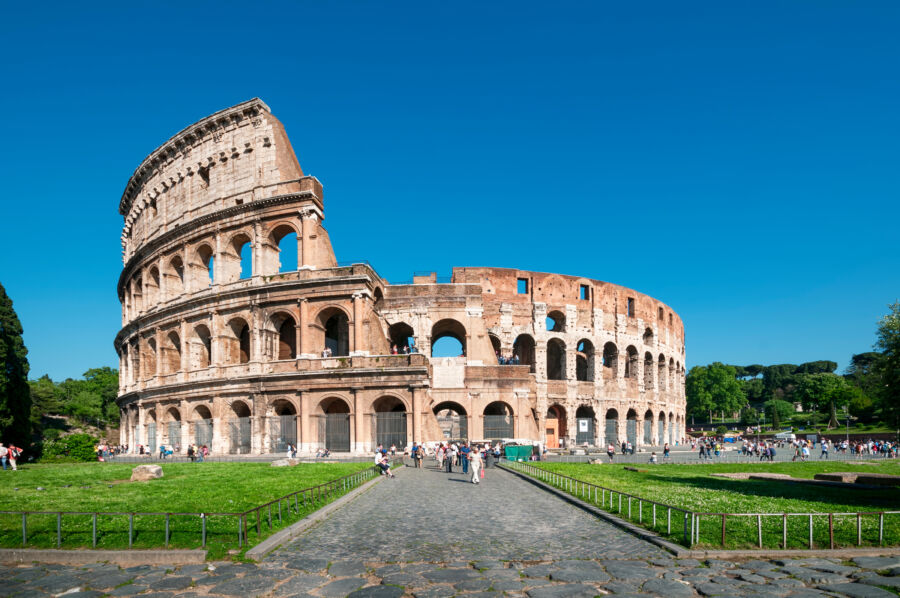
Rome and London both boast incredible architectural treasures that span centuries. These cities showcase a mix of ancient and modern structures that captivate visitors from around the world.
Iconic Roman Architecture
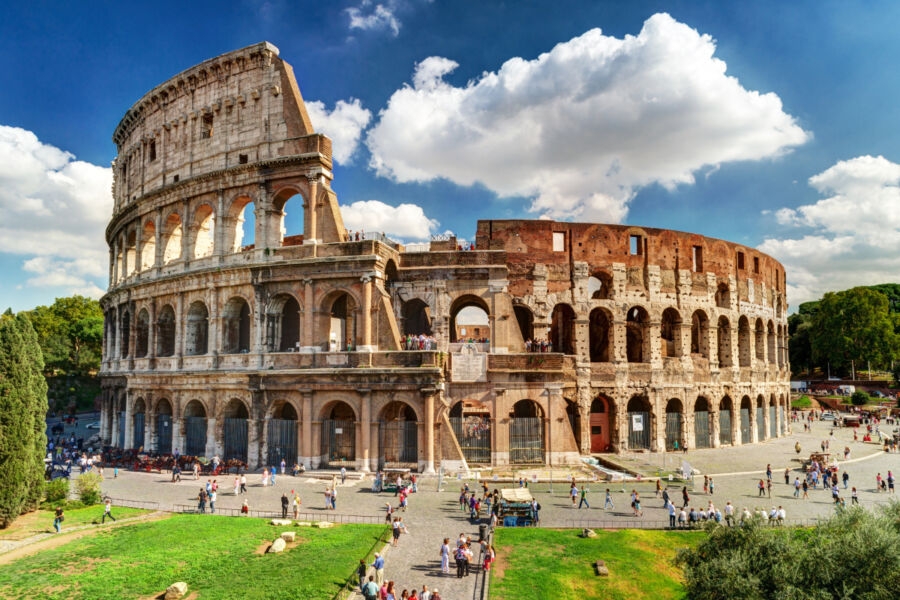
Rome’s skyline is dotted with awe-inspiring buildings that tell the story of its rich history. The Colosseum stands as a symbol of ancient Roman engineering. This massive amphitheater could hold up to 80,000 spectators for gladiatorial contests and public events.
The Roman Forum, once the center of political and social activity, now offers a glimpse into daily life in ancient Rome. Visitors can wander among the ruins of government buildings, temples, and public spaces.
St. Peter’s Basilica in Vatican City is a masterpiece of Renaissance architecture. Its enormous dome, designed by Michelangelo, dominates the Roman skyline. The Galleria Borghese houses an impressive art collection in a stunning 17th-century villa.
London’s Architectural Tapestry

London’s architecture reflects its evolution from a Roman outpost to a global metropolis. The Tower of London, built by William the Conqueror in 1066, has served as a royal residence, prison, and fortress. Today, it guards the Crown Jewels and attracts millions of visitors yearly.
Buckingham Palace, the official residence of the British monarch, is a grand example of neoclassical architecture. Its famous balcony has been the site of many royal appearances and celebrations.
Tower Bridge spans the River Thames with its iconic twin towers and movable roadways. This Victorian-era bridge combines a beautiful Gothic Revival style with innovative engineering.
Modern marvels like the London Eye and The Shard add contemporary flair to the city’s skyline, creating a unique blend of old and new that defines London’s architectural character.
Transportation and Accessibility
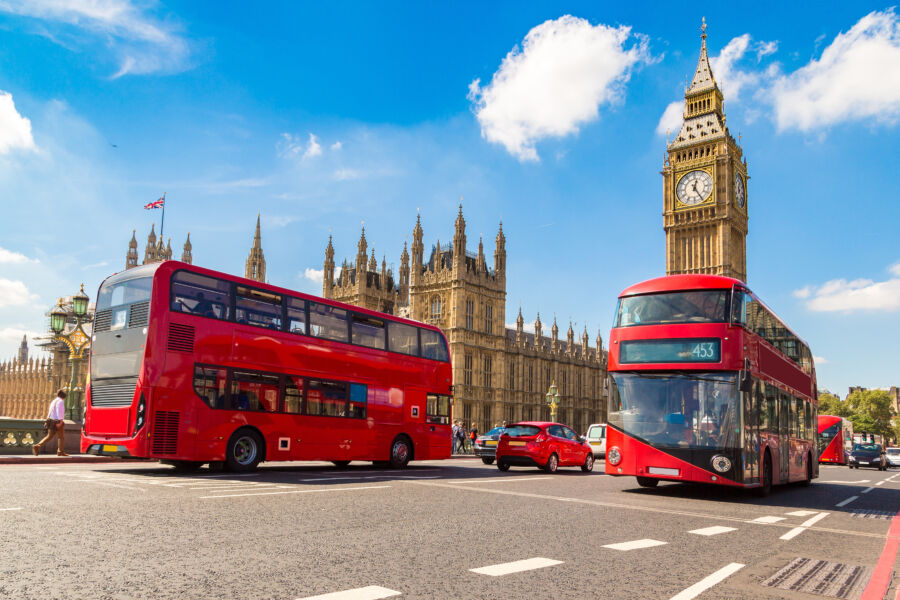
Getting around London and Rome can be quite a different experience. Each city has its unique transport systems and accessibility challenges. Let’s take a closer look at how these two capitals stack up.
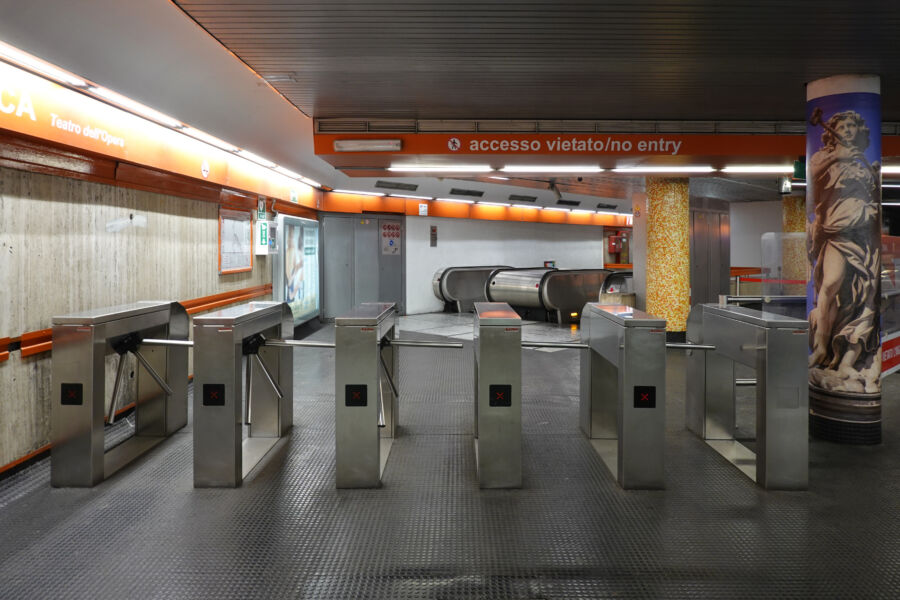
Rome’s transport network is a mix of old and new. The city’s buses are the backbone of public transit, crisscrossing the ancient streets. They can be crowded, especially during rush hour, but they’re a cheap way to see the sights.
The Metro is smaller than you might expect for a big city. It has three lines but is usually faster than battling traffic above ground. Trams are another option, mostly serving areas outside the city center.
Walking is often the best way to explore Rome’s narrow alleys and hidden piazzas. But watch out for uneven cobblestones – they’re charming but tricky to navigate.
The Maze of London’s Transport Network
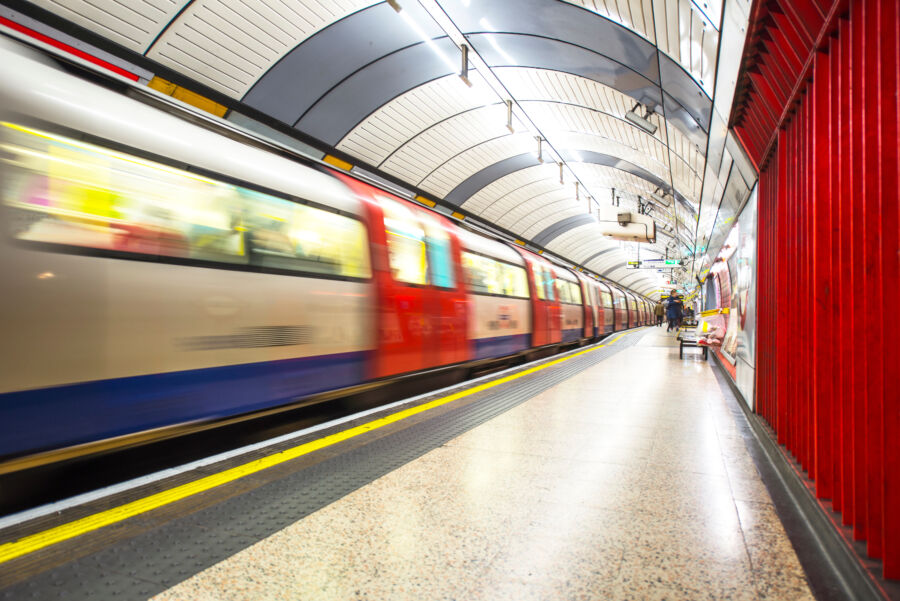
London’s public transport is a complex web of options. The iconic red double-decker buses are everywhere, offering great city views as you travel.
The Tube (Underground) is the quickest way to zip across town. It’s extensive, with 11 lines covering most of the city. But it can get very busy and hot, especially in summer.
London’s transport system is generally more accessible than Rome’s. Many Tube stations have step-free access, making life easier for travelers with mobility issues.
Cycling is becoming more popular in London, with bike lanes increasing. It’s a great way to explore, but be careful in traffic!
See Related: Best Cities in Europe to Enjoy Winter Without the Crowds
Urban Experiences and Nightlife

Rome and London offer very different after-dark scenes. Each city has its unique vibe when the sun goes down. Let’s peek at what you can expect in these two European capitals once night falls.
Rome After Dark

Rome’s nightlife is pretty chill. The Eternal City likes to keep things low-key after sunset.
You’ll find lots of cozy wine bars tucked away in winding cobblestone streets. Locals love to gather at outdoor cafes and piazzas to chat over drinks.
The vibe is relaxed and social. Don’t expect wild clubbing—it’s more about good conversation and people-watching.
Trastevere is a fun neighborhood to bar hop in. Campo de’ Fiori comes alive at night with its many pubs.
For a truly Roman experience, join an evening passeggiata. Passengiatas are strolls through the city, often stopping for gelato or aperitivo.
London’s Vibrant Nighttime Scene

London shines after dark. The city has loads of options for night owls.
You can dance till dawn at trendy clubs in Shoreditch. Or bar-hop your way through lively Soho.
Live music is huge in London. Catch up-and-coming bands at small venues.
Or see big names play massive arenas. The West End is perfect for catching a world-class theater show.
Pub culture is alive and well, too. Pop into a cozy neighborhood pub for a pint.
Many stay open late, especially on weekends. For something different, check out quirky-themed bars or secret speakeasies.
London’s diverse population means you can find almost any type of nightlife. There’s truly something for everyone, from swanky rooftop bars to underground raves.
Culinary Delights and Dining Experiences

London and Rome offer amazing food scenes reflecting their unique cultures and histories. Each city has special flavors and dining traditions that visitors love exploring.
Savoring Italian Cuisine in Rome
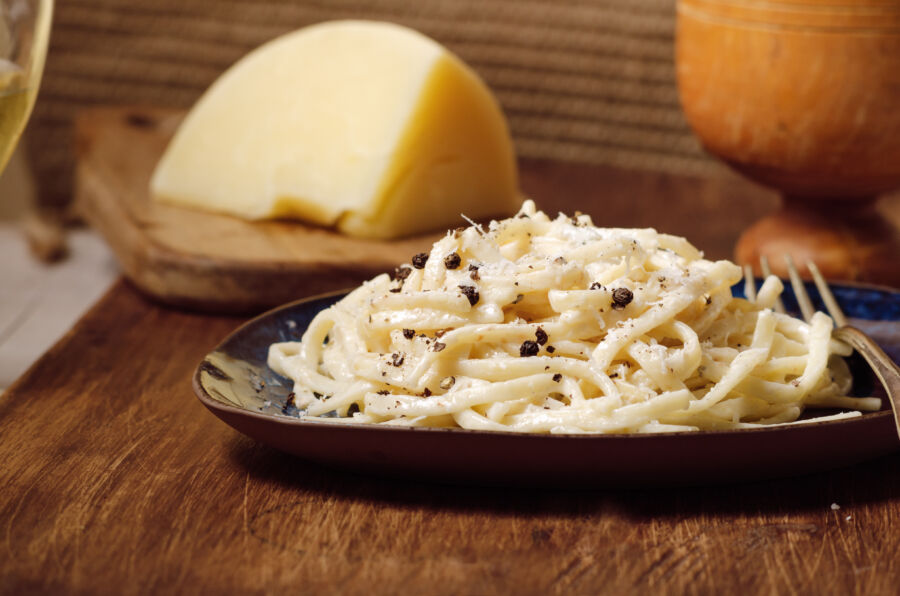
Rome is a food lover’s dream. The city’s pasta dishes are world-famous.
Locals and tourists can’t get enough classics like carbonara and cacio e pepe. These simple yet tasty pasta recipes use just a few ingredients but pack a big flavor punch.
Pizza in Rome is also a must-try. Roman-style pizza has a thin, crispy crust different from Neapolitan pizza.
Toppings are often simple and fresh. Many locals grab slices of pizza al taglio (pizza by the slice) for a quick lunch on the go.
Rome has many Michelin-starred restaurants for a fancy night out. These spots serve high-end Italian food with a modern twist. Foodies can try creative dishes that put new spins on traditional recipes.
Don’t forget about gelato! Rome’s gelato shops serve creamy, flavorful scoops in a variety of flavors. It’s the perfect treat after a day of sightseeing.
Exploring London’s Diverse Culinary Scene
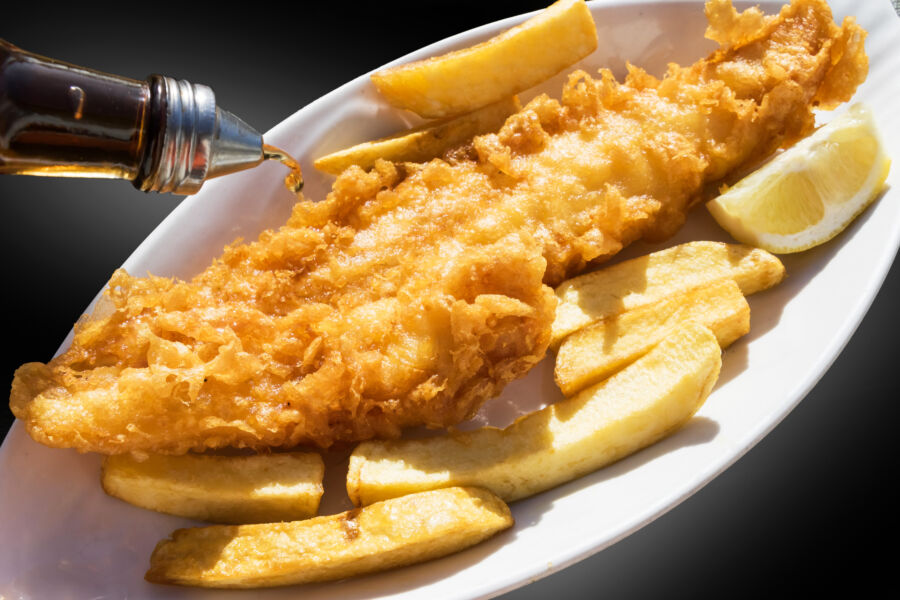
London’s food scene is super diverse. The city is home to people from all over the world, and that shows in its restaurants.
Fish and chips are a classic British dish that’s still popular. Many pubs serve this comfort food favorite. They’re crispy and salty and best enjoyed with a pint of beer.
Indian food is huge in London. The city has some of the best curry houses outside of India.
Brick Lane is famous for its many Indian and Bangladeshi restaurants. Visitors can try all kinds of curries, from mild to super spicy.
London also has many high-end dining options. Many celebrity chefs have restaurants here, and these spots often mix British ingredients with international cooking styles.
Street food markets are big in London, too. Places like Borough Market let visitors try foods from all over the world. It’s a great way to taste lots of different cuisines in one spot.
Weather Patterns and Seasonal Considerations
Rome and London have very different weather patterns. Rome enjoys warm, sunny days most of the year. London’s weather changes a lot and can be rainy.
Enjoying Rome’s Mediterranean Climate
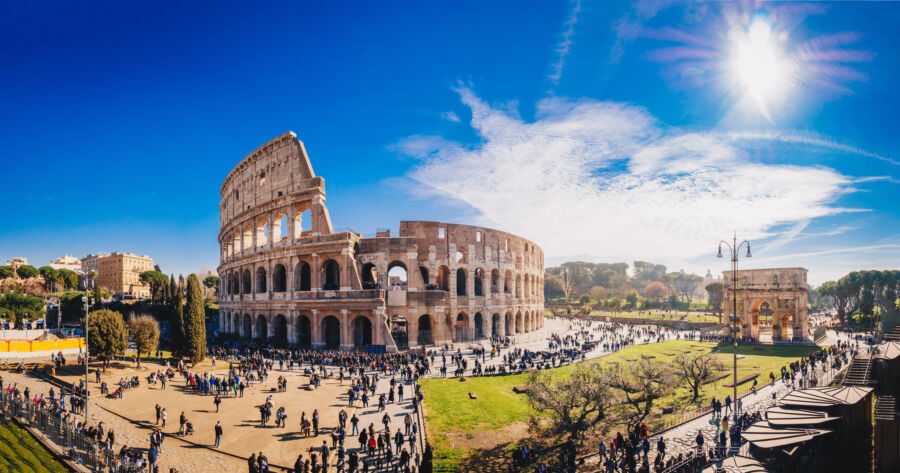
Rome has a hot, dry Mediterranean climate. The city gets lots of sunshine year-round.
Summers are toasty, with temps often hitting 30°C (86°F) or higher in July and August. It rarely rains then, so pack light clothes and sunscreen.
Rome has lovely springs and falls. The temperatures hover around 20-25°C (68-77°F), perfect for sightseeing without the summer crowds.
Winters are cool but not freezing. Daytime temps usually stay above 10°C (50°F).
Rain is more common, but snow is rare. Bring a jacket and umbrella just in case.
Adapting to London’s Variable Weather

London’s weather is trickier to predict. It can change quickly from sun to rain.
Summers are mild, with highs around 23°C (73°F). But heat waves can sometimes push temperatures above 30°C (86°F).
London gets rain year-round. Always pack an umbrella or rain jacket.
Winters are chilly and damp. Temps hover around 5-10°C (41-50°F). Snow isn’t common, but it does happen.
Spring and fall have pleasant days mixed with gray, drizzly ones. Layers are key for London’s changeable weather. Be ready for sun, rain, or both in one day!
See Related: Rome vs Barcelona: Which European Gem Should You Visit Next?
Safety, Accommodation, and Cost Considerations
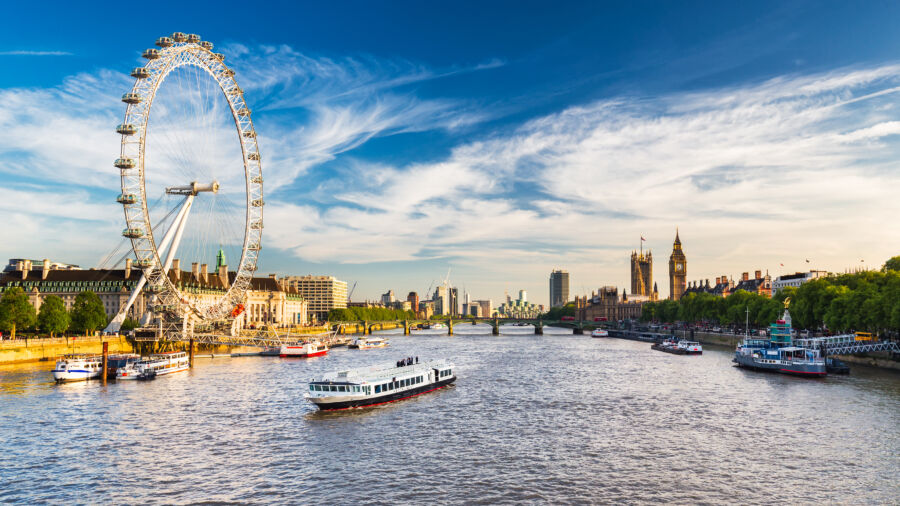
Rome and London both offer unique experiences for travelers. Let’s look at some key factors to think about when planning a trip to these famous cities.
Staying Safe and Comfortable in Rome

Rome is pretty safe for tourists, but watch out for pickpockets in busy areas. Keep your stuff close and be aware of your surroundings.
The city has lots of hotels and Airbnbs to choose from. You can find a cozy spot in the historic center or a quieter neighborhood.
Food in Rome is delicious and won’t break the bank. Try local trattorias for tasty pasta and pizza without spending too much.
Public transport is cheap and easy to use. Buses and the metro can take you all over the city.
Rome has tons of free things to see, like the Trevi Fountain and the Pantheon. But some famous spots like the Colosseum cost money to enter. Plan ahead and maybe get a Roma Pass to save cash on attractions.
Finding Your London Home Away From Home
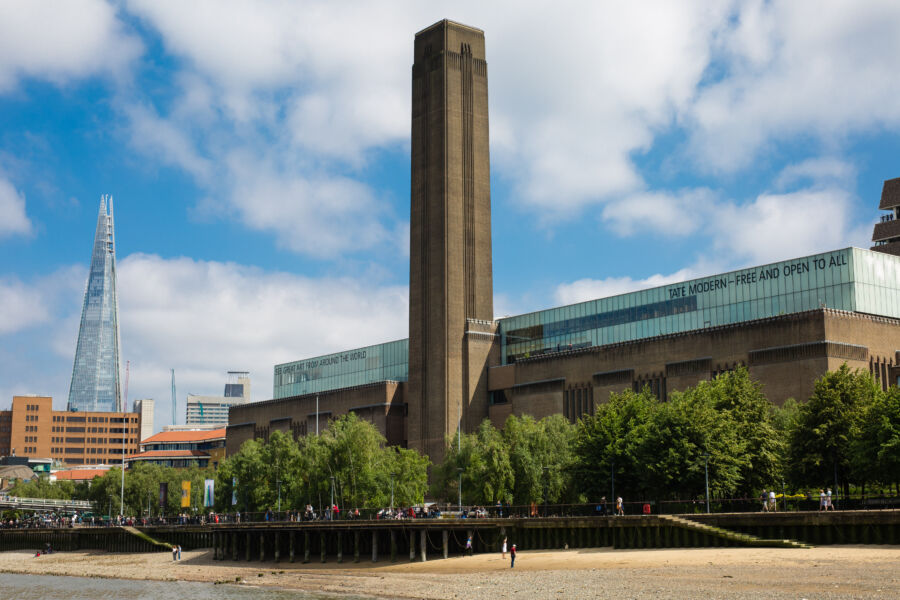
London is a big city with lots of neighborhoods to stay in. Each area has its vibe.
Covent Garden is great for theater lovers, while Shoreditch is perfect for hipsters. Hotels can be pricey, but there are budget options if you look around.
London is generally safe, but like any big city, be smart about your stuff. The city has amazing free museums, like the British Museum and Tate Modern, which help balance out the higher costs of food and transport.
Getting around London is easy by using the tube and buses. It’s not cheap, but an Oyster card can save you money.
Food can be expensive, but there are deals if you know where to look. Try pubs to fill your wallet with meals that won’t empty your wallet.
Leisure and Local Life
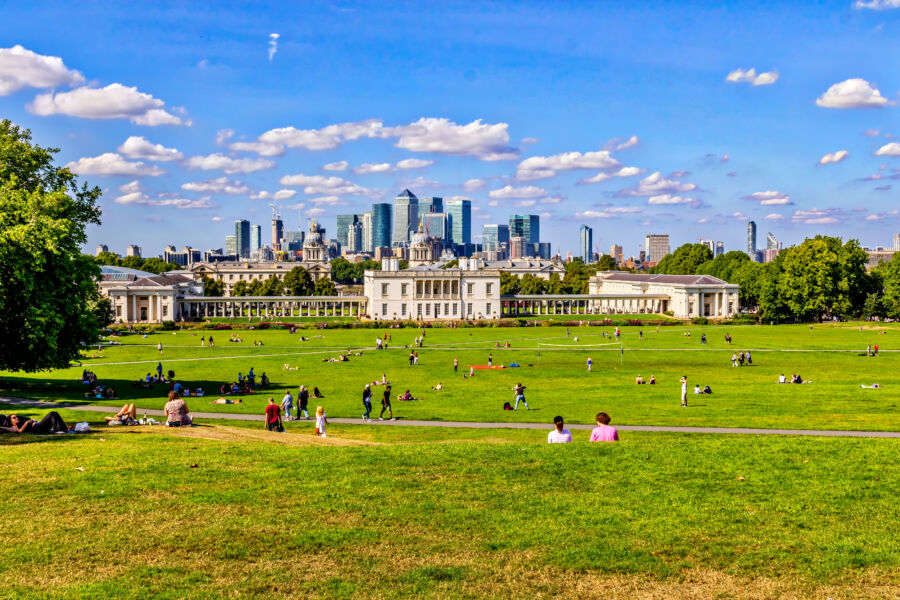
Rome and London offer unique leisure experiences that capture the essence of each city. From bustling streets to tranquil parks, both capitals provide diverse activities for locals and tourists alike.
Immersive Activities in the Heart of Rome

Rome’s leisure scene is a mix of history and modern fun. The city’s parks are perfect for picnics and people-watching. Villa Borghese is a favorite spot for Romans to relax, rent bikes, or enjoy a boat ride on the lake.
Shopping in Rome is a treat. Via Condotti is the place to go for luxury brands and window shopping.
For a more local experience, try the outdoor markets like Campo de Fiori. Here, you can buy fresh produce and flowers and chat with friendly vendors.
Evenings in Rome are magical. Join the passeggiata, an Italian tradition of evening strolls. It’s a great way to see and be seen while enjoying gelato. Don’t miss the chance to toss a coin in the Trevi Fountain – it’s said to ensure a return to Rome!
Enjoying London’s Unique Offerings
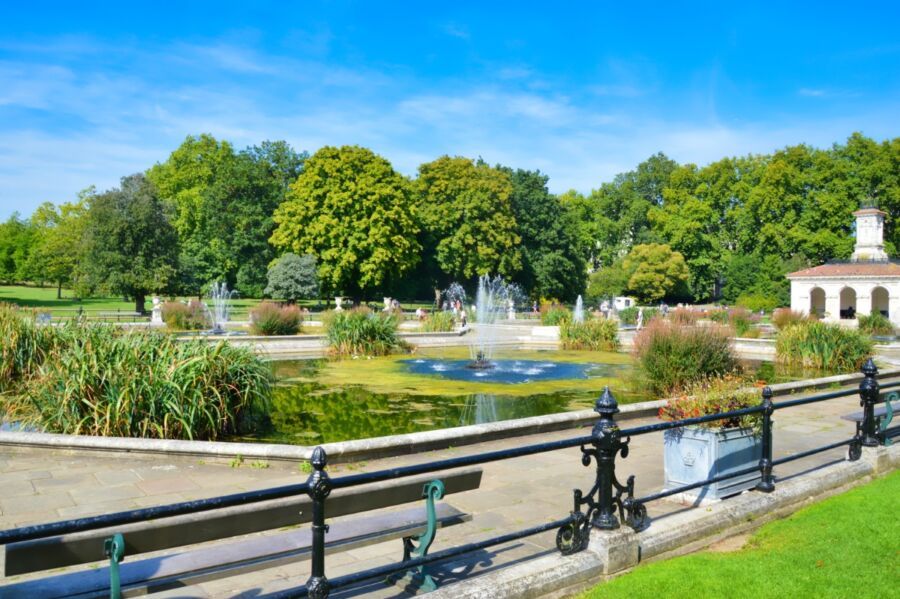
London’s leisure options are endless. The city’s parks offer a green escape from urban life.
Hyde Park is perfect for picnics, boating, or horseback riding. On Sundays, head to Speaker’s Corner to hear passionate debates on various topics.
Shopping in London is world-class. Oxford Street is packed with stores for every budget.
For a quirky shopping experience, visit Camden Market. It’s full of unique stalls selling everything from vintage clothes to handmade crafts.
Covent Garden is a must-visit for entertainment. Street performers put on amazing shows in the piazza. You can catch a play in the West End or enjoy a pint in a traditional British pub.
Try a Sunday roast at a neighborhood pub to taste local life. A British tradition brings friends and families together over a hearty meal.
See Related: London vs New York: Surprising Differences Every Traveler Should Know
Frequently Asked Questions
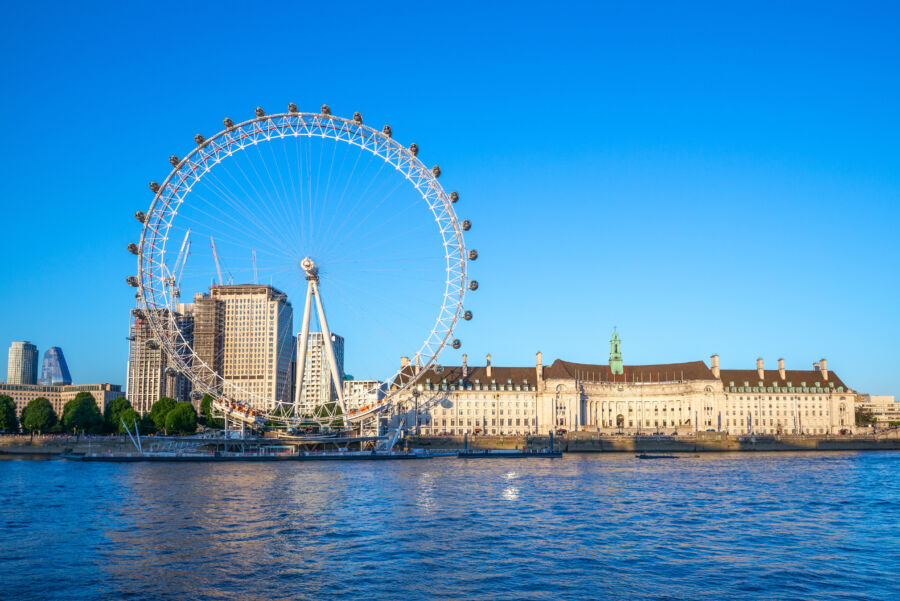
London and Rome offer incredible travel experiences but differ in many ways. Let’s explore some common questions about these two iconic cities.
What are the key differences between tourist attractions in London and Rome?
London’s attractions blend modern and historic. Visitors can see Big Ben, ride the London Eye, and tour Buckingham Palace. The city has world-class museums like the British Museum and Tate Modern.
Rome’s attractions focus more on ancient history. The Colosseum, Roman Forum, and Pantheon showcase the city’s rich past. Art lovers flock to the Vatican Museums and the Sistine Chapel.
How do the living costs compare when traveling to London versus Rome?
London tends to be pricier than Rome. Hotels, restaurants, and attractions often cost more in the UK capital, so budget travelers might find their money goes further in Rome.
Rome has cheaper public transport options. Dining out can be less expensive, too, especially for pizza and pasta dishes. However, popular tourist areas in both cities can be costly.
Can you highlight the historical significance of London in contrast to Rome?
Rome’s history spans over 2,500 years. It was the center of the Roman Empire and later the Catholic Church. Ancient ruins dot the cityscape.
London’s recorded history goes back about 2,000 years. It grew from a Roman outpost to a global financial hub. The city played a key role in the Industrial Revolution and World Wars.
What are the unique cultural experiences London offers compared to those in Rome?
London shines in its diversity. Visitors can explore Chinatown, sample curry on Brick Lane, or catch a West End show. The city’s modern art scene is thriving.
Pub culture is a must-try London experience. Fish and chips, afternoon tea, and Sunday roasts offer tastes of British tradition.
How does the public transportation experience in London differ from that in Rome?
London’s Underground (Tube) is extensive and efficient. It covers most of the city. Buses are frequent, and the iconic double-deckers are a tourist attraction themselves.
Rome’s metro is smaller, with just three lines. Buses can be crowded and less reliable. Many visitors find walking or taking taxis easier in Rome’s historic center.
What is the relative climate difference between London and Rome throughout the year?
Rome enjoys a Mediterranean climate. Summers are hot and dry, while winters are mild. The city gets more sunshine year-round.
London has a temperate climate. Summers are cooler than Rome’s, and rain is common year-round. Winters are chilly, but we rarely see snow.



